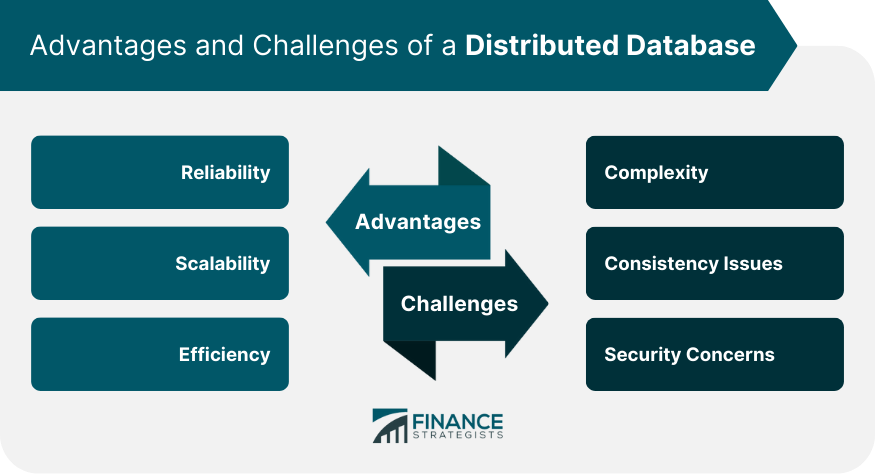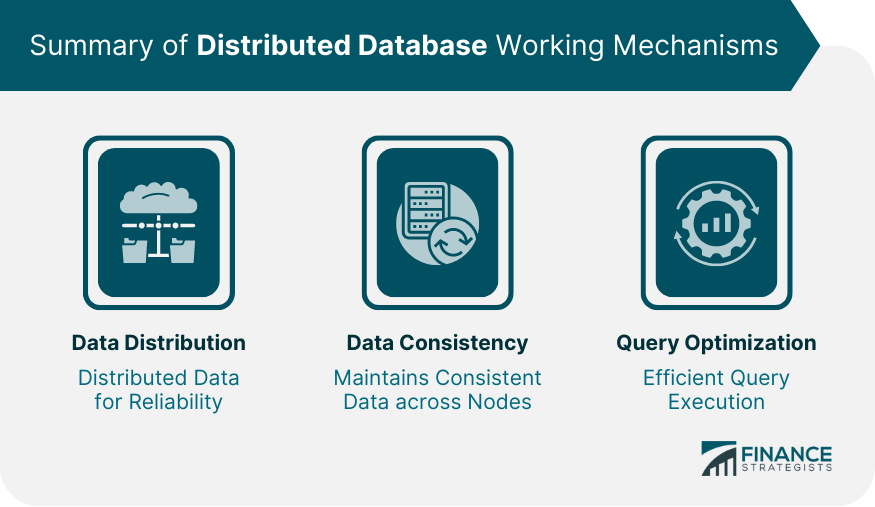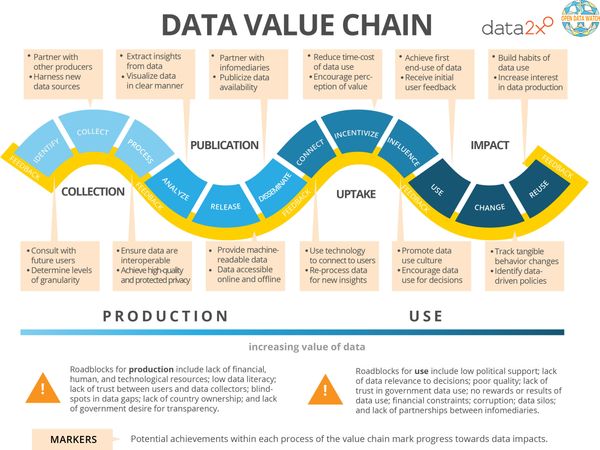Overview
Importance of Database Performance Optimization
The importance of database performance optimization cannot be overstated. A well-optimized database can significantly improve the overall performance of an application or system. It ensures that data retrieval and manipulation operations are executed efficiently, resulting in faster response times and better user experience. One crucial aspect of database performance optimization is analyzing and utilizing database statistics. By gathering and analyzing statistics such as query execution times, index usage, and table sizes, database administrators can identify bottlenecks and make informed decisions to optimize the database performance. Implementing strategies based on database statistics can lead to improved query performance, reduced resource usage, and enhanced scalability. Therefore, understanding and leveraging database statistics is paramount in achieving optimal database performance.
Common Performance Issues
Common Performance Issues
One of the common performance issues that database administrators face is optimizing the performance of their databases. In order to achieve optimal performance, it is important to address various factors such as query optimization, indexing, and database design. Another common performance issue is the lack of proper monitoring and tuning of the database. Without regular monitoring and tuning, databases can become slow and inefficient, impacting the overall performance of applications and systems that rely on them. Additionally, inadequate hardware resources and configuration can also contribute to poor database performance. It is crucial to ensure that the hardware resources are sufficient and properly configured to handle the workload. Lastly, inefficient use of Oracle cloud services can also impact database performance. It is important to understand the features and capabilities of Oracle cloud services and utilize them effectively to optimize database performance.
Benefits of Optimizing Database Performance
Optimizing database performance has several benefits. One of the key benefits is improved database efficiency. When the database is optimized, it operates at its full potential, allowing for faster query execution and data retrieval. This leads to improved system performance and overall productivity. Additionally, optimizing database performance helps to reduce resource utilization, such as CPU and memory usage, resulting in cost savings. By addressing performance issues and improving database efficiency, organizations can ensure smooth operations and provide a better user experience.
Tip 1: Choose the Right Database Engine

Understanding Different Database Engines
Understanding Different Database Engines
Database engines are the heart of any application that relies on data storage and retrieval. They are responsible for managing the organization, storage, and retrieval of data in a structured and efficient manner. Different database engines have different strengths and weaknesses, and understanding these differences is crucial for optimizing database performance. In the future of HHCN, data and AI will play a significant role. Data will be the fuel that powers AI algorithms and enables intelligent decision-making. By harnessing the power of data and AI, HHCN can unlock valuable insights, improve efficiency, and provide better services to its customers.
Considerations for Choosing the Right Database Engine
When considering the right database engine for your project, there are several important factors to keep in mind. Firstly, you should evaluate the scalability of the engine, ensuring that it can handle the anticipated growth of your data. Secondly, consider the performance of the database engine, as this will directly impact the speed and efficiency of your application. Additionally, it is crucial to assess the security features provided by the engine, ensuring that your data remains protected from unauthorized access. Another key consideration is the compatibility of the database engine with your existing infrastructure and technology stack. Lastly, take into account the support and community around the engine, as this can greatly aid in troubleshooting and development. By carefully considering these factors, you can make an informed decision when choosing the right database engine for your project.
Examples of Popular Database Engines
Examples of Popular Database Engines
There are several popular database engines available today that offer various features and capabilities. These engines provide opportunities for optimizing database performance using SQL. By leveraging the power of SQL, developers can improve query execution times, enhance data retrieval efficiency, and optimize overall database performance. Some of the popular database engines include MySQL, PostgreSQL, Oracle, SQL Server, and MongoDB. Each of these engines has its own strengths and weaknesses, and understanding their unique characteristics can help developers make informed decisions when it comes to optimizing database performance.
Tip 2: Design an Efficient Database Schema

Normalization and Denormalization
Normalization and denormalization are two important concepts in database design. Normalization is the process of organizing data in a database to eliminate redundancy and improve data integrity. It involves splitting a database into multiple tables and defining relationships between them. Denormalization, on the other hand, involves combining tables to improve performance by reducing the number of joins required to retrieve data. Both normalization and denormalization have their advantages and disadvantages, and the choice between them depends on the specific requirements of the database and the queries that will be executed. SQL beginners tutorial is a great resource for learning more about these concepts and how to apply them in practice.
Indexing and Query Optimization
Indexing and query optimization are crucial for improving the performance of your database. One important aspect of this is optimizing the retrieval of data based on page number in the database. By properly indexing the database and optimizing queries, you can ensure that the data retrieval process is efficient and fast. This is especially important when dealing with large databases where retrieving data based on page number can be time-consuming. To optimize this process, it is recommended to use techniques such as indexing, query optimization, and pagination strategies. By implementing these techniques, you can significantly improve the performance of your database when retrieving data based on page number.
Avoiding Redundancy and Data Duplication
Avoiding redundancy and data duplication is crucial for optimizing database performance. One of the key strategies to achieve this is through effective data modeling. Data modeling involves designing the structure and relationships of the database to ensure efficient storage and retrieval of data. By carefully planning the data model, redundant data can be eliminated, reducing the storage requirements and improving query performance. Additionally, data modeling helps in maintaining data integrity and consistency by enforcing constraints and relationships between entities. By following best practices in data modeling, organizations can optimize their database performance and ensure the accuracy and reliability of their data.
Tip 3: Optimize Query Performance

Writing Efficient Queries
Writing efficient queries is crucial for optimizing your database performance. By following best practices and using the right techniques, you can significantly improve the speed and efficiency of your queries. One important aspect to consider is the use of IBM tapes for storing large amounts of data, such as 150 TB. These tapes provide a reliable and cost-effective solution for managing and accessing massive data sets. Additionally, by leveraging advanced indexing and query optimization techniques, you can further enhance the performance of your database queries. Overall, writing efficient queries is a key factor in maximizing the performance of your database and ensuring smooth data operations.
Using Indexes and Query Execution Plans
Using Indexes and Query Execution Plans is crucial for optimizing database performance. By properly utilizing indexes, you can significantly improve the speed of query execution. Indexes help the database engine quickly locate the data needed for a query, resulting in faster response times and improved overall performance. Query execution plans, on the other hand, provide insights into how the database engine executes a query and can help identify areas for optimization. By analyzing and optimizing query execution plans, you can further enhance the performance of your database. This is particularly important for data-driven business growth, as efficient database performance is essential for handling large volumes of data and supporting critical business operations.
Avoiding N+1 Query Problem
The N+1 query problem is a common performance issue in database systems. It occurs when an application makes multiple individual queries to retrieve related data instead of using a more efficient approach. This can lead to a significant increase in the number of queries executed, resulting in slower response times and decreased overall performance. To avoid the N+1 query problem, developers should consider using techniques such as eager loading, batch loading, or caching to minimize the number of queries required. By optimizing SQL queries, developers can improve the performance of their database systems and enhance the overall user experience.
Tip 4: Monitor and Tune Database Performance

Monitoring Key Performance Metrics
Monitoring key performance metrics is essential for optimizing your database performance. By closely monitoring these metrics, you can identify potential bottlenecks and take necessary actions to improve the overall performance. One of the key areas to focus on is tuning slow queries. Slow queries can significantly impact the performance of your database and affect the user experience. By analyzing and optimizing these queries, you can enhance the efficiency of your database operations. Implementing a robust monitoring system that tracks key performance metrics and provides alerts for slow queries is crucial for maintaining a high-performing database.
Identifying Bottlenecks and Performance Issues
Identifying bottlenecks and performance issues is crucial for optimizing database performance. By pinpointing the areas that are causing slowdowns or inefficiencies, you can take targeted actions to improve overall performance. One of the key factors in identifying bottlenecks is risk prediction models. These models analyze various factors and provide insights into potential risks and performance issues. By utilizing risk prediction models, you can proactively address any potential bottlenecks and optimize your database performance. This brings numerous benefits, such as improved query response times, enhanced data integrity, and increased system scalability.
Optimizing Database Configuration
Optimizing Database Configuration is a crucial step in improving database performance. One of the key areas to focus on is query optimization. By fine-tuning the way queries are executed, you can significantly enhance the speed and efficiency of your database operations. Query optimization involves analyzing and optimizing the execution plans, indexing strategies, and database schema design to ensure optimal query performance. With proper query optimization techniques, you can reduce query execution time, minimize resource utilization, and improve overall database performance.
Tip 5: Implement Caching Strategies

Caching Overview
Caching is a crucial aspect of optimizing database performance. It involves storing frequently accessed data in a temporary storage area to reduce the need for repeated database queries. By implementing caching, data-driven strategies can be effectively utilized to enhance the overall performance of the database. Caching allows for quicker retrieval of data, resulting in improved response times and reduced latency. Additionally, it minimizes the load on the database server, enabling it to handle higher volumes of requests. With data-driven strategies, organizations can make informed decisions based on real-time data analysis, leading to improved efficiency and productivity.
Types of Caching
Types of Caching
Caching is a crucial aspect of optimizing database performance. One type of caching that can greatly improve performance is MySQL Enterprise Edition. With MySQL Enterprise Edition, you can take advantage of advanced caching mechanisms that help speed up query execution and reduce latency. By caching frequently accessed data in memory, MySQL Enterprise Edition ensures that subsequent queries for the same data can be served quickly, without the need to access disk storage. This not only improves response times but also reduces the load on the database server, allowing it to handle more concurrent requests efficiently. In addition, MySQL Enterprise Edition provides tools and features for monitoring and managing the caching process, allowing you to fine-tune and optimize the caching strategy for your specific workload. Overall, MySQL Enterprise Edition offers a comprehensive caching solution that can significantly enhance the performance of your database.
Implementing Caching in Database Systems
Implementing Caching in Database Systems is crucial for optimizing database performance. Caching allows for the temporary storage of frequently accessed data, reducing the need for repeated database queries. This can greatly improve the response time and overall efficiency of the system. In the context of telco AI data analysis, implementing caching can have significant benefits. By caching frequently used data, such as customer profiles or historical data, telco AI systems can quickly retrieve and analyze the information, leading to faster and more accurate data analysis results. Caching also helps in reducing the load on the database server, as it reduces the number of queries and the amount of data retrieval required. Overall, implementing caching in database systems is a valuable technique for optimizing performance in telco AI data analysis.
Conclusion

Summary of Database Performance Optimization Tips
Summary of Database Performance Optimization Tips
Database performance optimization is crucial for ensuring efficient and fast data retrieval and manipulation. By following these 10 tips, you can significantly improve the performance of your database:
1. Indexing: Creating appropriate indexes can greatly enhance query performance.
2. Query Optimization: Writing efficient queries and avoiding unnecessary operations can speed up data retrieval.
3. Denormalization: Carefully denormalizing your database schema can reduce the need for complex joins and improve performance.
4. Caching: Implementing caching mechanisms can reduce the load on the database and improve response times.
5. Hardware Upgrades: Upgrading hardware components, such as increasing memory or using faster disks, can boost database performance.
6. Connection Pooling: Using connection pooling can reduce the overhead of establishing and closing database connections.
7. Regular Maintenance: Performing regular maintenance tasks, such as optimizing indexes and updating statistics, can help maintain optimal performance.
8. Database Partitioning: Partitioning large tables can improve query performance by dividing data into smaller, more manageable chunks.
9. Database Monitoring: Monitoring database performance can help identify bottlenecks and optimize resource allocation.
10. Query Tuning: Analyzing query execution plans and optimizing them can result in significant performance improvements.
By following these tips, you can ensure that your database operates at its full potential, providing fast and efficient data access for your applications.
Importance of Continuous Monitoring and Improvement
Continuous monitoring and improvement are essential for optimizing database performance. By regularly monitoring the database, you can identify potential bottlenecks, performance issues, and areas for improvement. This allows you to proactively address these issues and make necessary adjustments to enhance the overall performance of your database. Additionally, continuous improvement ensures that your database remains efficient and effective in meeting the needs of your organization. It involves implementing best practices, optimizing queries, fine-tuning configurations, and staying up to date with the latest advancements in database technologies. By prioritizing continuous monitoring and improvement, you can maximize the performance and reliability of your database, resulting in better user experiences and increased productivity.
Final Thoughts
In conclusion, optimizing your database performance is crucial for ensuring efficient and smooth operations. By implementing the 10 tips mentioned in this article, you can significantly enhance the speed and reliability of your database. However, it is important to note that building followership is also a key aspect of achieving optimal performance. By engaging with your audience and creating a strong online presence, you can attract more users and increase user engagement. Additionally, by regularly monitoring and analyzing your database performance, you can identify areas for improvement and make necessary adjustments. Remember, database optimization is an ongoing process that requires continuous effort and attention. Stay proactive and keep exploring new techniques and strategies to stay ahead of the game.
In conclusion, OptimizDBA Database Optimization Consulting is the trusted industry leader in remote DBA services. With over 500 clients and a track record of delivering transaction speeds that are at least twice as fast as before, we guarantee a significant increase in performance. Our average speeds are often 100 times, 1000 times, or even higher! If you’re looking to optimize your database and experience unparalleled performance, contact OptimizDBA today. Visit our website to learn more about our services and how we can help you achieve optimal database performance.







